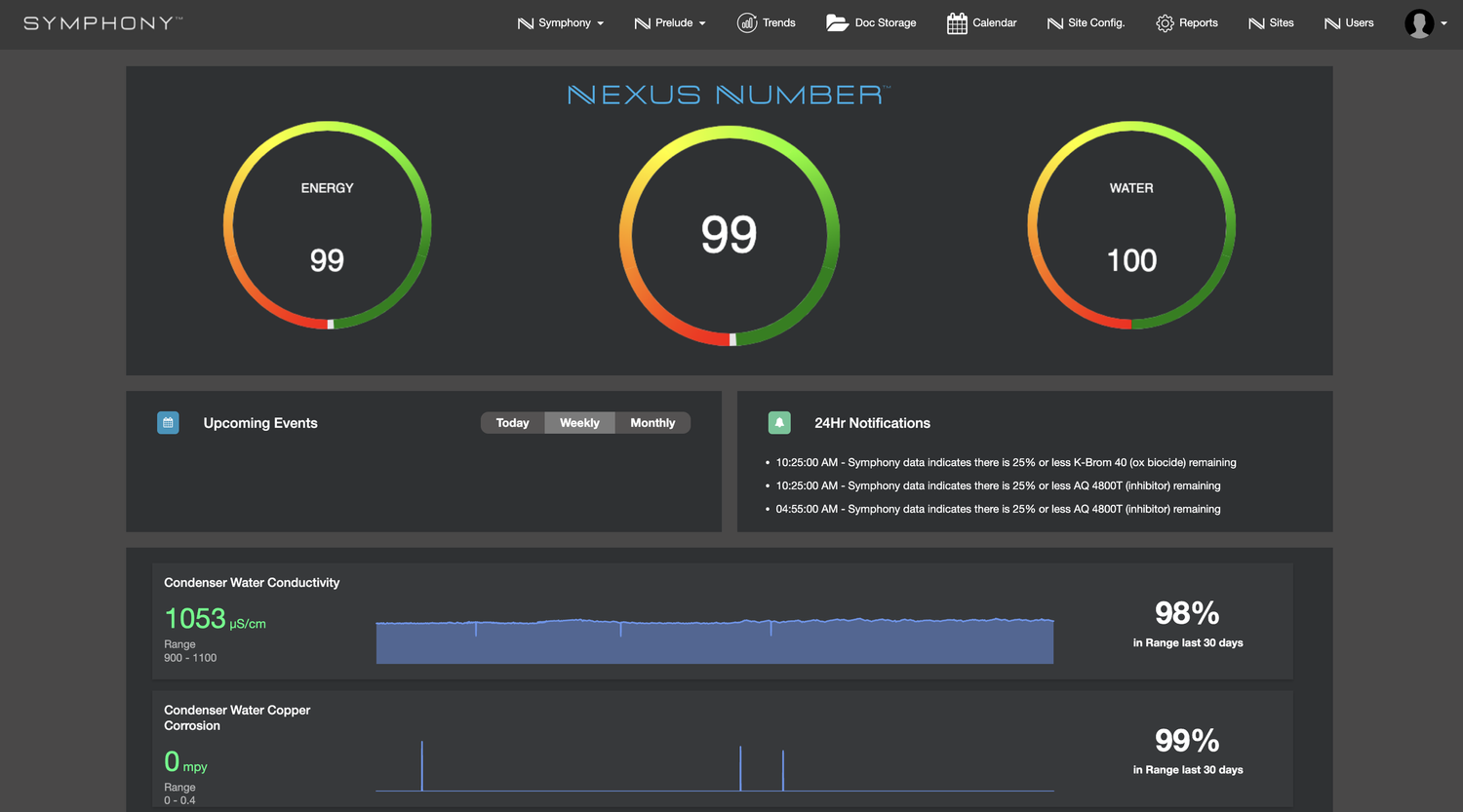Hidden Costs of Your HVAC System
In the U.S., commercial buildings use an estimated 47 billion gallons of water every day, and according to EPA studies, HVAC systems account for up to 48% of that usage. Unfortunately, in water-savings efforts, HVAC systems are often overlooked. But including HVAC in your smart water management plan can save millions of gallons of water per year, translating to thousands of dollars in cost savings. Let’s take a look at how HVAC systems waste water — and how effective water management strategies can combat that waste.
HVAC and water: the basics
HVAC uses water to heat and cool air. But how much water is used varies greatly from facility to facility, as it depends on the efficiency of its central plant and the total area of the building it supports. Large facilities with inefficient HVAC systems use more water, resulting in substantial water wastage from evaporation and blowdown.
While evaporation is a natural result of how an HVAC system functions, inefficient components such as chillers and pump motors transfer more heat, leading to more evaporation and water loss. Furthermore, this excess water loss increases the concentration of solid particles (e.g., mineral deposits) in the HVAC water, which needs to be drained and replaced more frequently.
This intentional draining is called blowdown, and while it is a necessary aspect of HVAC maintenance, it leads to water wastage when the circulating concentrated water needs to be replaced frequently with fresh water.
And this concentration problem cannot be ignored because HVAC water is not hot or cold enough to prevent the growth of dangerous bacteria that can cause serious health issues, such as Legionnaires’ disease. Even though this water is treated with chemicals, when the water levels drop too low and particle concentration increases, it affects the air filtration ability of the system, thus increasing the risk of air contamination for building occupants.
Optimizing your HVAC system
Simply put, if your cooling towers are using more than 3 gallons of water per ton-hour of cooling, your HVAC system is wasting water. However, by adopting effective water management practices, you can optimize your air conditioning and reduce your water usage. Real-time water management software providing full transparency into your water quality and energy efficiency is the solution.
Symphony™ water management software is the only third-party cloud-based platform that provides transparent insight into your building’s water system 24/7, monitors the cause-and-effect relationship between water quality and heat exchange efficiency, enables you to mitigate costly water waste issues, and helps drive improvements across key areas, including:
Water quality
Water and energy conservation
Exposure to Legionella and other waterborne pathogens
Asset preservation
Maintenance prevention efforts
Save water, cut costs
It’s time to take proactive measures against costly HVAC water and energy waste. When you optimize your HVAC system’s water usage, you also optimize its energy consumption — saving money and reducing environmental impact. It’s the ultimate win-win situation, and smart water management software can get you there.
At Aquanomix, we specialize in developing customized water management strategies for all facilities, saving clients money, supporting preventive maintenance practices, and preserving your assets.
Contact Aquanomix today to learn more about building a better water management program and using smart water management to cut costs and boost results.



